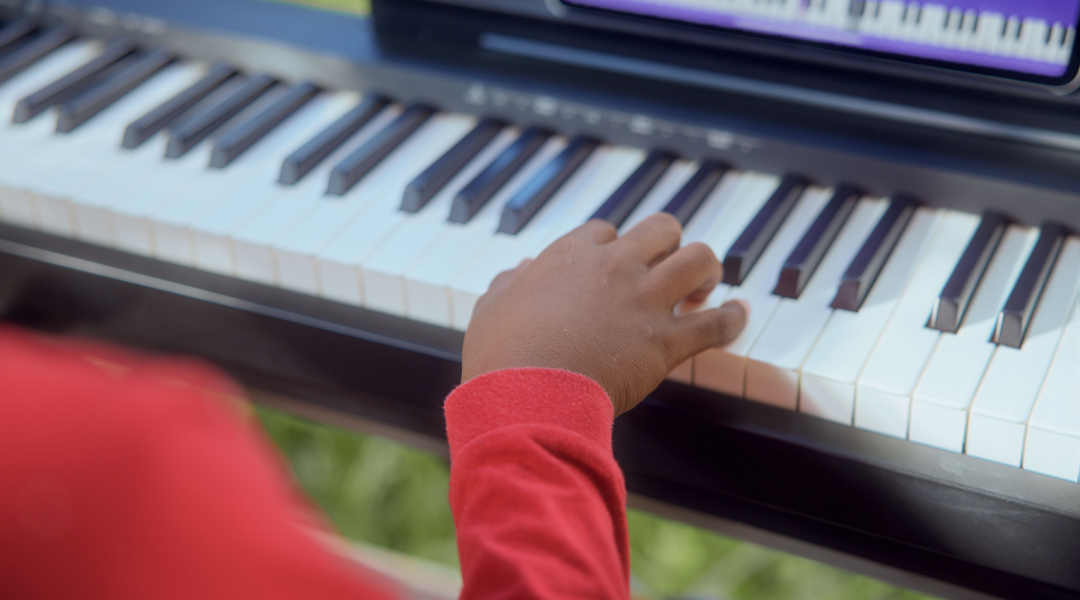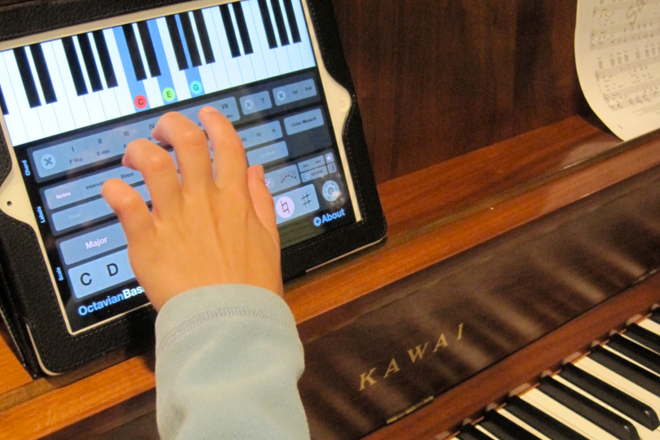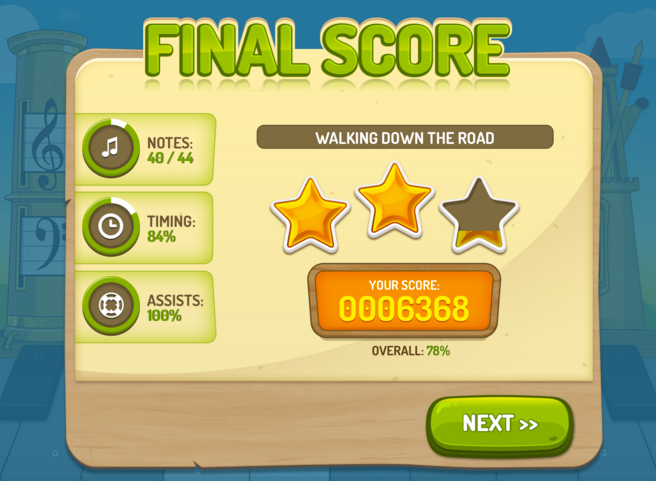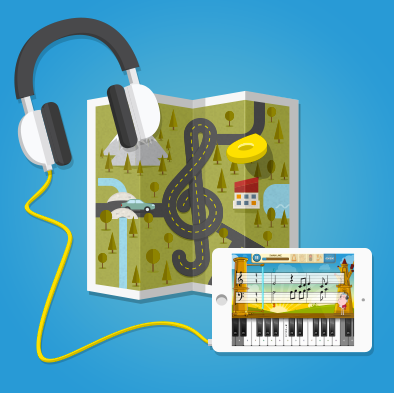Quickly Learn Piano Notes and Chords

Learning to play piano notes and chords?
Here’s a quick guide that will help you master the basics.
A keyboard may look vast and confusing to you right now. However, by studying the keys and what they do, it makes perfect sense!
Reading and playing music is way more manageable when you know what all the buttons do!
So here’s a quick crash course to help you get your bearings.
Let’s get to it!
What’s a piano note?
A piano note is a symbol that represents a musical sound. A given note refers to a specific key on the piano. Notes are the foundation of sheet music – guiding the song’s rhythm, tempo, and pitch.
- The rhythm is a robust and repeating beat that dictates a song’s pattern. It’s the foundation of music that guides the timing of the notes you play.
- The tempo is the speed at which you play a song. High energy Piano songs have a faster tempo, and low energy songs have a slower tempo.
- Pitch refers to a note’s frequency. The higher the note’s frequency, the faster the waveform – and therefore, the higher the pitch of the sound.
In sheet music, we use note values to determine the length of time for a particular note.
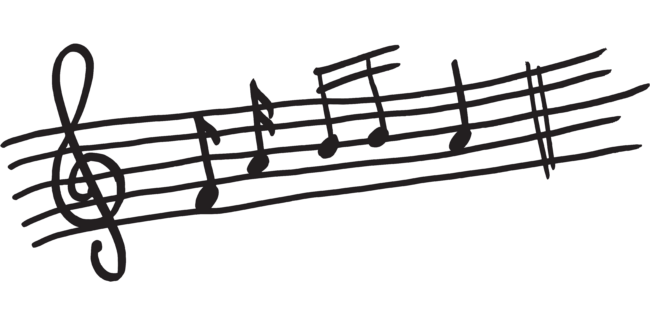
The beat dictates the rhythm of a song and works with notes to create unique sound sequences. Eighth notes are a half-beat, quarter notes are one beat, half notes hold for two beats, and whole notes last four beats.
What are the standard piano notes?
Each key on a piano uses seven basic notes (C, D, E, F, G, A, B). These notes repeat themselves all over the keyboard.
The white keys range from A to G, and the black keys are ‘sharper’ or ‘flatter’ in sound than the neighboring keys.
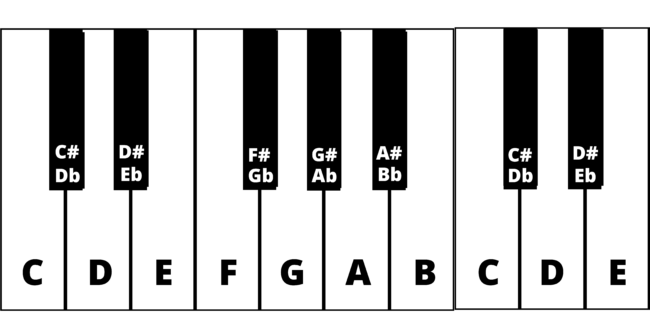
As you can see, they have can have two different names!
While the piano has an alarming number of notes at first glance, there are only twelve of them – seven white and five black keys.
Simple right?
What are piano chords?
Simply put, a chord is playing two or more notes simultaneously. In other words, you form a chord by pushing down on several keys simultaneously.
A triad is the most common type of keyboard or piano chord. Also known as a three-note chord, a given chord contains a root note and two others, a third and a fifth note.
To identify and play chords, you also need to understand spacing. Between each key is a measurement of a half-step. For example, the space between a white key and the nearest black key is a half-step.

Playing a chord requires building a shell – the root note and the fifth. Complete the trifecta by adding a third. (This is where your middle finger goes.)

Now that we’ve got that down let’s look at major and minor chords.
Minor chords.
Minor chords are known as sad chords because of their distinct sounds.
We consider them sad chords because of the low pitch they produce. Minor chords can drastically affect the song’s emotion with a darker, gloomy feel.
How to make a minor chord
Minor chords have three basic notes: root, third, and fifth.
The first thing you want to do is pick any root note. Count eight half steps away to form a shell with the fifth.
Then, count three half-steps from the root to find the third note.
This means the third is always closer to the root note than the fifth.
C minor: C – Eb – G
D minor: D – F -A
Eb minor: Eb – Gb – Bb
E minor: E – G – B
F minor: F – Ab – C
F# minor: F# – A – C#
Ab minor: Ab – Cb – Eb
A minor: A – C – E
B minor: B – D – F#

Major chords.
You often hear major chords in uplifting music because they make bright, happy sounds. Playing a major chord is just like playing a minor chord. Only there’s one crucial difference.
How to make a major chord
Begin by selecting a root chord and count seven half steps to the fifth to form a shell. However, in a major chord, you place four or five half-steps of your third finger between the root and fifth.
In other words, the middle finger in a minor chord is either perfectly centered between the root and fifth or slightly closer to the fifth.
C major: C – E – G
D major: D – F# – A
E major: E – G# – B
F major: F – A – C
G major: G – B – D
A major: A – C# – E

Hopefully, you can now see a clear picture of piano notes and how they relate to each other and make chords.
To an untrained individual, music sounds fluid and intuitive. Behind the beautiful sounds, however, is a precise mathematical structure. Understanding that design will enable you to make beautiful sounds too!
If you found this helpful and want some more, check out piano scales for beginners.






